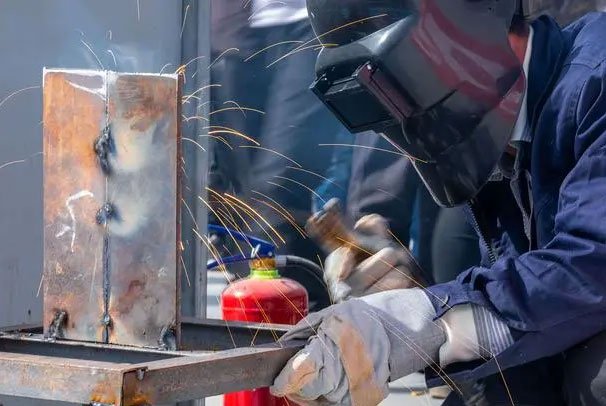The rapid development of science and technology has brought about disruptive development in the traditional welding market. The advent of laser welding machines is a greater challenge to traditional welding technology. This article will describe the differences between Laser Welding and traditional Welding.

Benefits of laser welding
Non-contact.
Laser welding can reduce the stress on metal parts. Due to the precise and uniform pulse energy of the laser, the heat input is also very small.
Seam quality.
Laser welding can produce extremely strong welds and can even achieve an airtight seal. Using shielding gas, our machine can control discoloration and eliminate secondary processing-to achieve a market-ready welding appearance.
There are no fillers or consumables.
Laser welding does not require filler metal like other methods, including TIG, MIG and ARC welding, welding and brazing. In addition to shielding gas, you do not need nozzles, tips, electrodes, rods and other consumables.
Easy to automate.
We integrate software-controlled automation into our laser welding machines-making parameter changes fast and predictable.
Flexibility.
The welding machine we designed can adapt to many different part sizes and shapes, and the optical configuration takes into account the variation of the working distance. Thanks to our compact head design and fiber optic transmission, robot integration is also a simple process.

Laser welding vs. traditional Welding advantages and disadvantages
The advantages of laser welding technology such as high precision, high efficiency, low deformation, and no impurities have made it widely used in some high-demand fields, such as automobiles, electronics, aviation and other industries.
Laser welding also has shortcomings such as high cost and complex equipment, which requires precise adjustment and control.
Ordinary welding technology is relatively low-cost, has simple equipment, and is suitable for some simple metal connections. For example, in electronics, precision machinery, etc., ordinary welding still has its own limitations.
Scope of application
Laser welding technology is suitable for areas requiring high-precision connections such as molds, electrical appliances, and instruments, as well as high-demand industries such as automobiles, electronics, and aviation.
Ordinary welding technology is suitable for some simple metal connections, such as building frames, plumbing pipes, etc.

Development trend
With the continuous development of technology, the application of laser welding is also constantly expanding, especially in the fields of automobiles, electronics, aviation, and other fields.
The cost advantages of ordinary welding technology are also gradually becoming more and more prominent. For example, the application scope of arc welding technology is gradually expanding, and the welding quality and efficiency are also constantly improving.
Summarize
Although laser welding and ordinary welding are both methods of joining metals, there are big differences between them. Laser welding technology has the advantages of high precision, high efficiency, low deformation, etc., but it has high cost and complex equipment; while ordinary welding technology has lower cost, simple equipment, and is suitable for some simple metal connections, but it has its own limitations in some special fields. limitation. In the future, with the development of technology, the application scope of both will continue to expand.
